Diseases and pests of anthurium
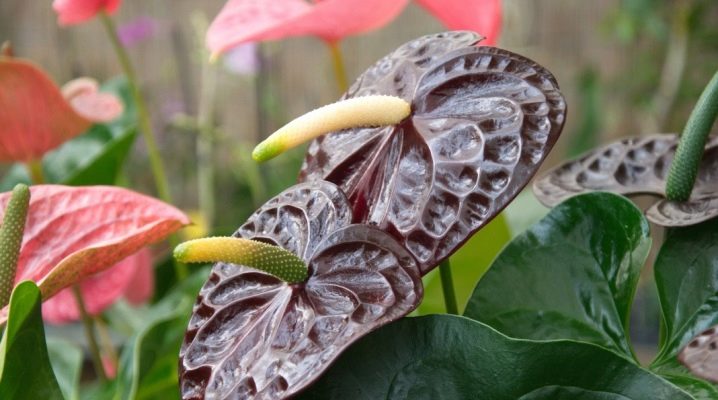
Anthuriums do not often suffer from any major pest or disease attacks, but they are prone to common problems that are common to all indoor plants. In order to prevent the spread of pests and diseases, you need to understand what is the reason, properly treat the flower and, if necessary, quarantine.
Signs of defeat and causes
Sometimes it happens that "male happiness" withers or grows poorly, incomprehensible spots appear on the surface of its leaves. If this is not a bacterial infection, in which in most cases the flower dies, then the plant can be reanimated. Anthurium dies in cases where the breeder does not take any action.
There are many similar descriptions when determining the different problems that a florist has to face. If the stem has dried up, most likely, the soil was watered so rarely that the flower simply died from a lack of moisture. When it turns black, rots at the base, on the contrary, there was too much water, or the soil is poorly drained.
If there is a stump left, but the roots have rotted, then you can try to propagate the plant while the shoots are still able to germinate.


Anthurium pest control begins with the correct identification of the invaders. Sucking insects such as aphids leave gnarled variegated leaves over time. The infestation process can also be accompanied by the appearance of ants, which love the sticky sweet dew that aphids leave behind. Insects cause damage to the plant, but not its death, the bush disappears only from the fact that there are a lot of aphids, and no action on the part of the person follows.
Yellow formations on foliage are a clear sign spider mites. Thrips also cause variegated leaves and feed on new shoots, as do mealy bugs. All insects feed on vegetable sap rich in carbohydrates. After infection, the bush becomes faded, does not produce new growth. It is necessary to start a control program on anthuriums as soon as possible, otherwise the plant will lose a lot of strength.
Often, novice gardeners are interested in why a flower has brown leaves. There may be several reasons for this, and not always such a symptom is associated with bacterial or other contamination. Sometimes darkening of foliage is caused by:
- too much light;
- excess fertilizer;
- accumulation of salts in the soil;
- a burn;
- microscopic mites;
- bacterial contamination;
- nematodes.
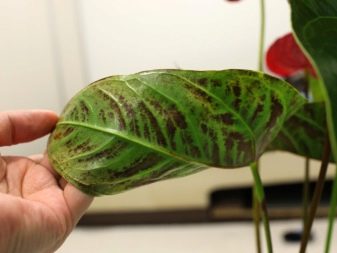
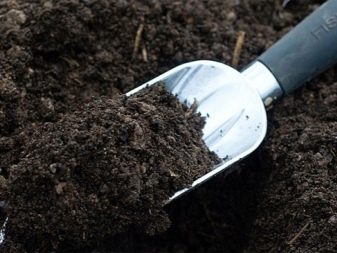
Anthuriums grow best in the shade. About 60 percent of indoor sunlight is ideal for them. Too much of it leads to the fact that the leaves of the flower become bleached, the tips turn brown, as a result, they die off. But there is another side to the coin: too little light will reduce flowering and may stunt growth.
The use of a large amount of fertilizer or the accumulation of salt also leads to the fact that the leaves turn yellow, yellow spots form at the ends, which increase in size over time. You can wash the salts by using distilled water for irrigation. Watering is plentiful, the soil should drain well after it.
Bacterial infection through the pores along the edges of the leaves and wounds are formed after pruning or insects. This pathogen loves moisture, so it is important to keep the foliage dry. From the grower you need so that the entire instrument is disinfected, and the sections are then processed with a solution of activated carbon.
Wilting caused by the bacteria ralstonia solanacearum first appears as yellowing of the leaves, then they turn brown. The stems of heavily infested anthuriums ooze brown slime. The bacterial pathogen spreads in soil, water and instruments by contact. In this case, the bush often dies.
Spider mites are seen as tiny, moving dots at the beginning of infestation. Their nutrition with plant sap causes the leaves to empty, followed by yellowing, darkening or bronzing. Heavily infected parts of the anthurium are cut off.
The foliar nematode predominantly affects young anthuriums. In a severe form of infection, there is an abundant loss of foliage and death of the plant.
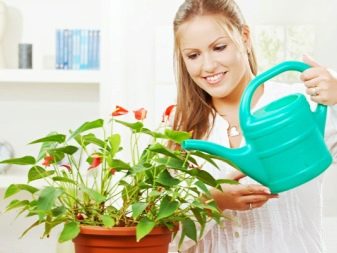
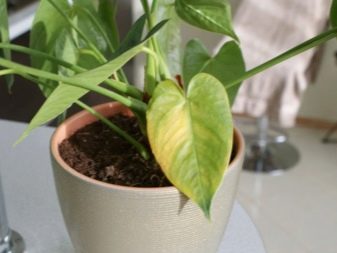
Common diseases
Anthurium diseases are not only fungal, but also bacterial lesions. Although the flower is ill infrequently, the problem must be dealt with, otherwise it can destroy it. Among the most common:
- septoria;
- rot on the stem and roots;
- late blight;
- anthracnose;
- powdery mildew;
- leaf spots caused by various pathogens.
From fungal infections, the best prevention is adherence to the watering regime. Waterlogging of the soil must not be allowed. The most effective fungicides are fungicides. Chemical sprays are available at specialized stores. Plant replacement may be the best option if the disease has spread too much.
Anthracnose becomes a consequence of the defeat of the bush by the fungus, which actively develops in high humidity. Colletotrichum orbiculare - causative agents of the problem. It is manifested by the appearance of brown formations on flowers and shoots. If nothing is done, the flower will rot and die.
Root rot is a disease that is always triggered by Pythium splendens. Just like anthracnose, it appears at high humidity, but this time - soil. The first to suffer are those plants in which the drainage is poorly organized in the pot. This disease can be controlled with "Quintozina".
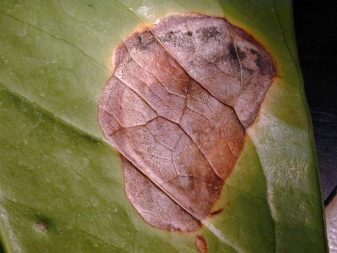

Leaf spot disease also causes fungal infections. Controlled with special sprays. Processing is carried out at intervals of 2-3 weeks.
Powdery mildew was first recorded for the anthurium shercerianum grown in Germany. Fungicides also help get rid of the problem.
Experts say that a group of fungi is a serious threat to a flower, which includes:
- Pseudomonas;
- Colletotrichum;
- Rhizoctonia;
- Phytophthora.
They are a kind of parasite that lives by feeding on the plant. Moisture and low oxygen levels are necessary for propagation, which is why it is so important to ensure good ventilation in the room.
By far the biggest enemy plant breeders face is bacterial rot. It kills almost all bushes that have become infected, the transition from bush to bush occurs quickly - enough for a small damage to the flower, such as a crack or scratch. If you are lucky and you manage to remove the infected leaf on time, it is possible that the anthurium that is sick will live.
There are no known treatments for late blight. This is usually a death sentence for any infected plant.
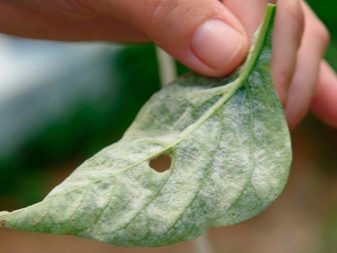

Pests
The main pests of anthurium are primarily insects that feed on sap. Their thick leaves do not attract the chewing class of pests, but aphids, mites and other parasites gradually take away the juice, and with it the vital energy. The invaders are not always recognizable at first, as they can be black, gray, white, red, green, or brown. Thrips and spider mites are too small to be seen with the naked eye, therefore infestation is detected when the plant already looks bad.
Most of all anthuriums are susceptible to spider mite attackswhich can be washed off with insecticidal soap.These small insects are the reason for the appearance of yellowness on the leaves and white bloom. It is good to spray the foliage with Malathion 0.2% or Keltan (8 ml per 10 l of water).
Aphid, no matter how harmless it may seem, it can cause serious harm to the bush. These insects also suck out the sap of the plant, causing yellowing and distortion of the leaves, poor growth. Systemic insecticides containing Dimethoate and Malathion (0.2%) effectively control the lesion.
Thrips cause the appearance of variegation, they are removed by the same means as previous pests. The simplest method of struggle and prevention is to pour warm water from the shower, then let the plant drain well and dry out. Any insects do not tolerate an increase in moisture.
Nematodes are small worms that attack the roots of anthurium. Over time, the breeder notices how his flower grows poorly, does not grow new shoots. Fortunately, they can be eliminated with a variety of agricultural chemicals.
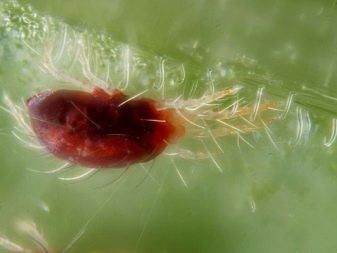
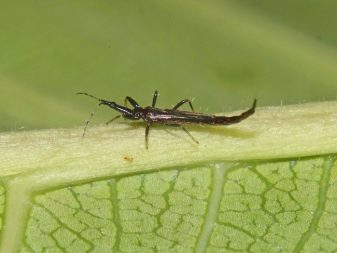
How to save plants?
Sometimes it happens that no matter how carefully the breeder cares for the flower, he still looks sick. In this case, the problem may lie in unnecessary anxiety on the part of the person, that is, he begins to feed the flower with fertilizers, fill it with water, put it in a place where there is too much light for him.
To detect pests, you can visually inspect the soil and leaves, sometimes you need a magnifying glass. Any change in the color of greenery already indicates that something is going wrong. If you smell the soil, then with root rot it acquires a special, pungent and unpleasant odor. In most cases, you can reanimate the plant, but for this you need to act quickly. If the infection of the bushes has occurred with an insect, any of the previously described, then their treatment is reduced to an increase in moisture, the use of fungicides. It is very effective to use neem oil. According to plant breeders, a decoction of onion husks or even an alcohol solution helps a lot. The easiest method is to dilute the soap in water and spray the flower.
It is more difficult to resuscitate with root rot - it is not enough just to spray. Step by step you will need to act in the following sequence:
- first take out the root system;
- rinse it under water;
- remove all infected shoots;
- treat the roots with a fungicide;
- change the pot or disinfect the old one in a bleach solution;
- use new soil, and subsequently strictly monitor the quality of drainage and soil moisture.
If you do everything right, you can cure the flower, but if you start the infection, then it will die.
You can save anthurium, like magnificum - it can be treated with insecticides, fungicides, but only spraying chemicals is recommended on the street. Pyrethrin helps a lot. This active ingredient is obtained from the chrysanthemum plant.
Some problems are not easy to cope with, so it is better to carry out preventive measures.
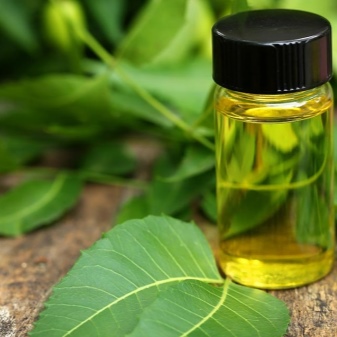
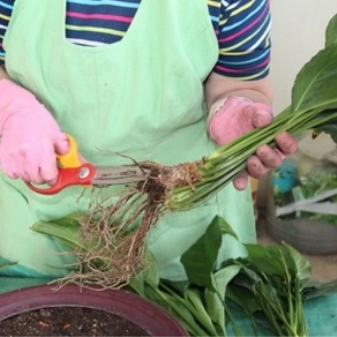
Care rules
The health of a flower largely depends on how correctly the grower will take care of it at home.
Important points: choose a good spot for the anthurium and water it properly. When temperature, light and humidity are within acceptable levels, insects and fungi do not attack foliage, roots and stems. Moreover, the soil must be necessarily disinfected, since there are many infections and parasite larvae in the garden.
As soon as the first signs of infection appear, it is necessary to take immediate measures to eliminate the reason why something is wrong with the plant. The ground does not have to remain constantly wet, for this there is drainage. The root system, which gets wet around the clock, ceases to produce oxygen, respectively, and nutrients are no longer supplied, hence the color change. Watering is strictly monitored, a new one is made only when the soil is completely dry by at least 2 centimeters.
It is a plant that is very sensitive to a decrease in ambient temperature. It also reacts negatively to direct sunlight, which leaves burns. If the flower is standing on the window, then its leaves should not come into contact with the glass, and let the light better fall on them through a light curtain. In winter, it is better to remove anthurium from the window, create ideal conditions for it on a table or shelf, providing the necessary amount of artificial light.

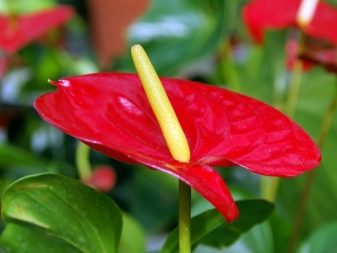
The flower should be wiped with a damp and soft sponge from dust, then it will feel much better.
For information on how to deal with anthurium pests, see the next video.































The comment was sent successfully.